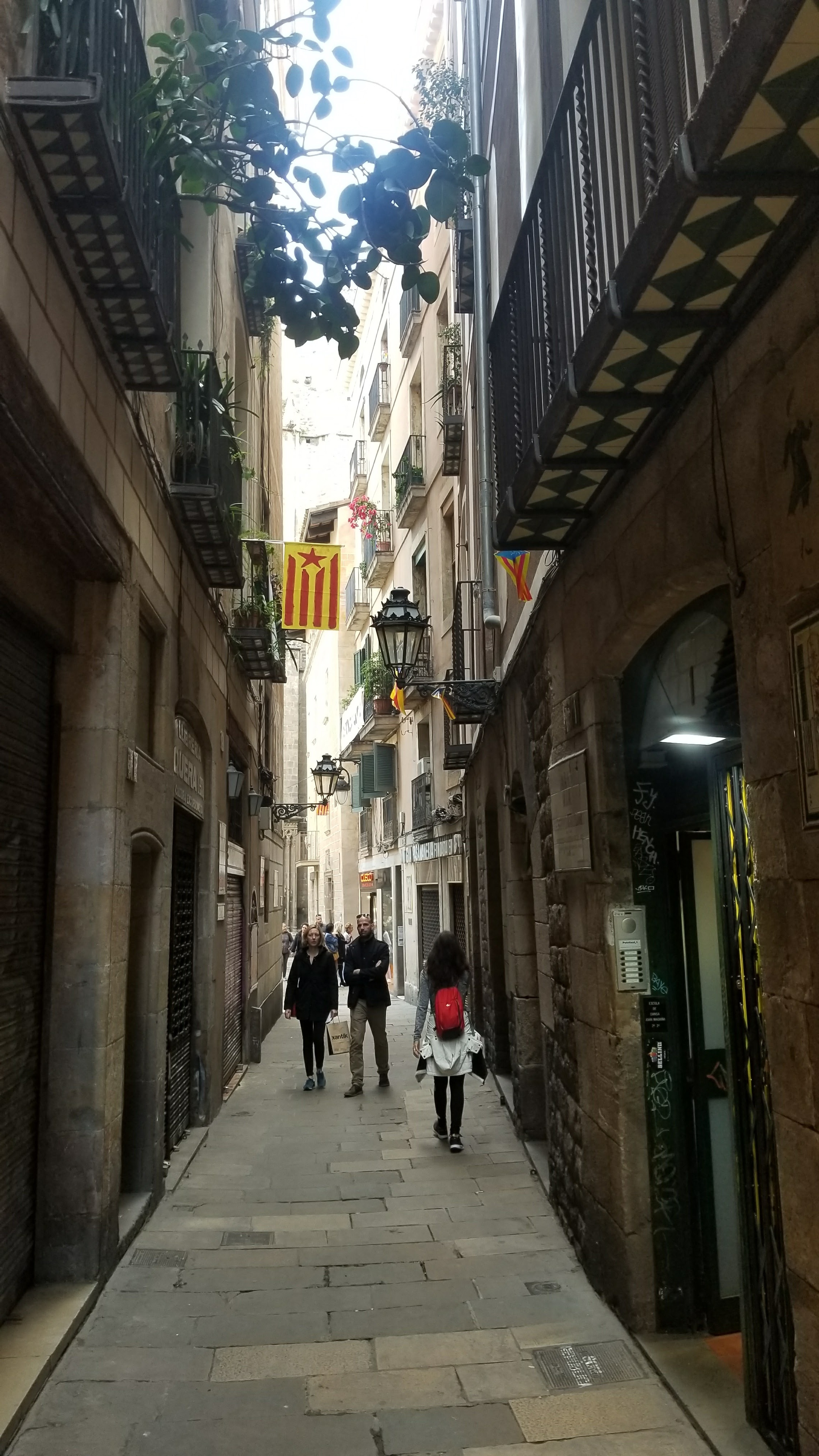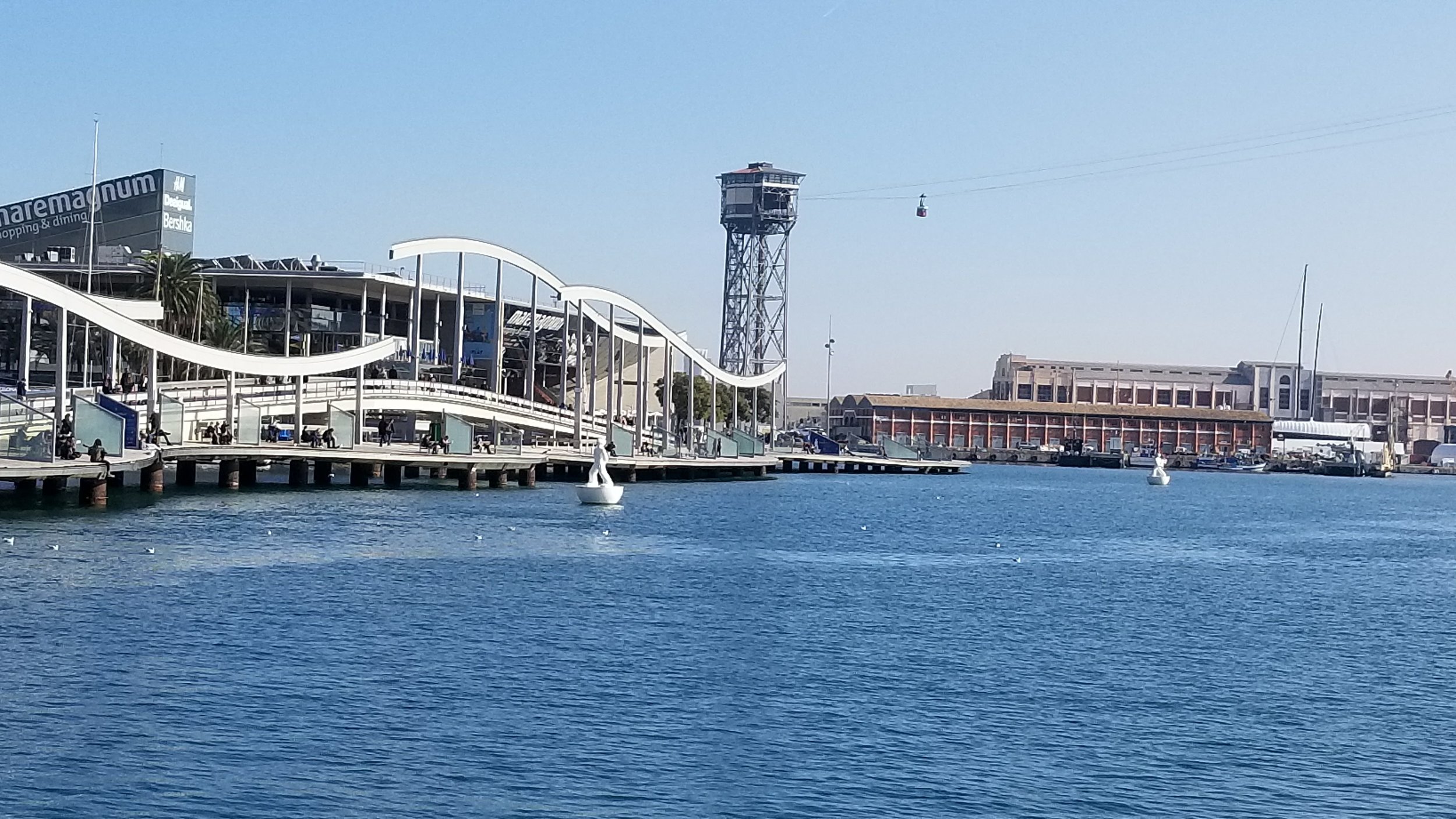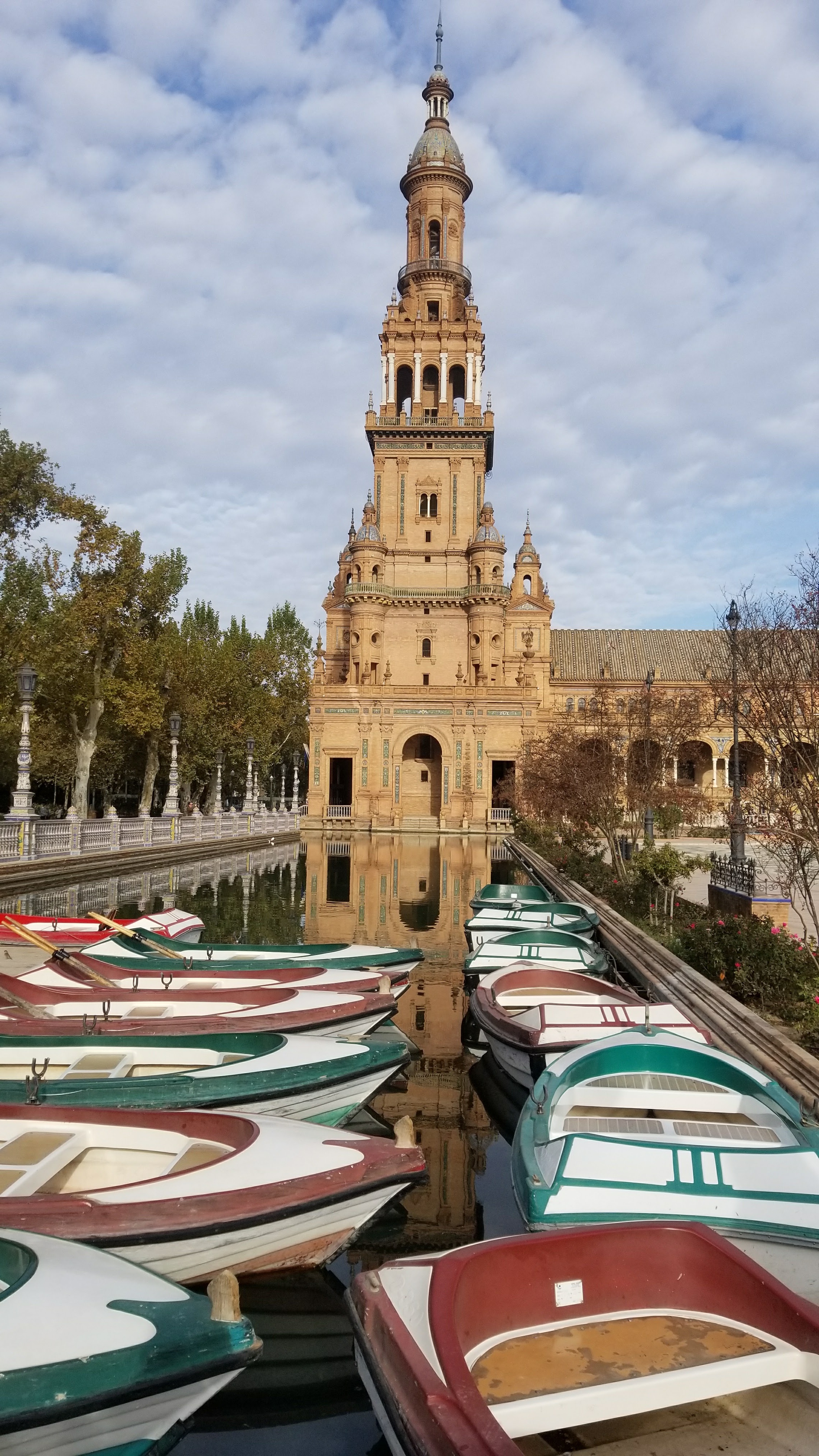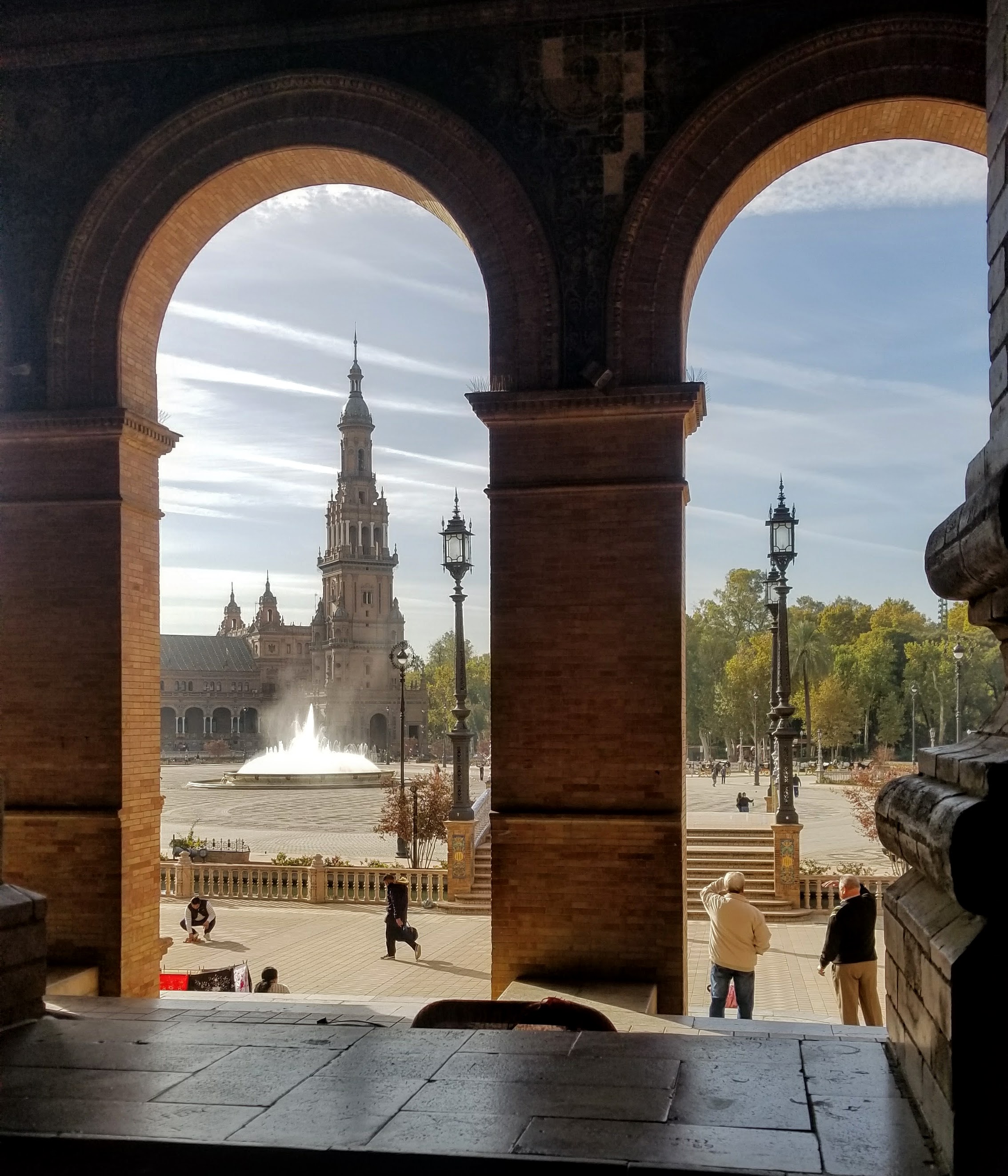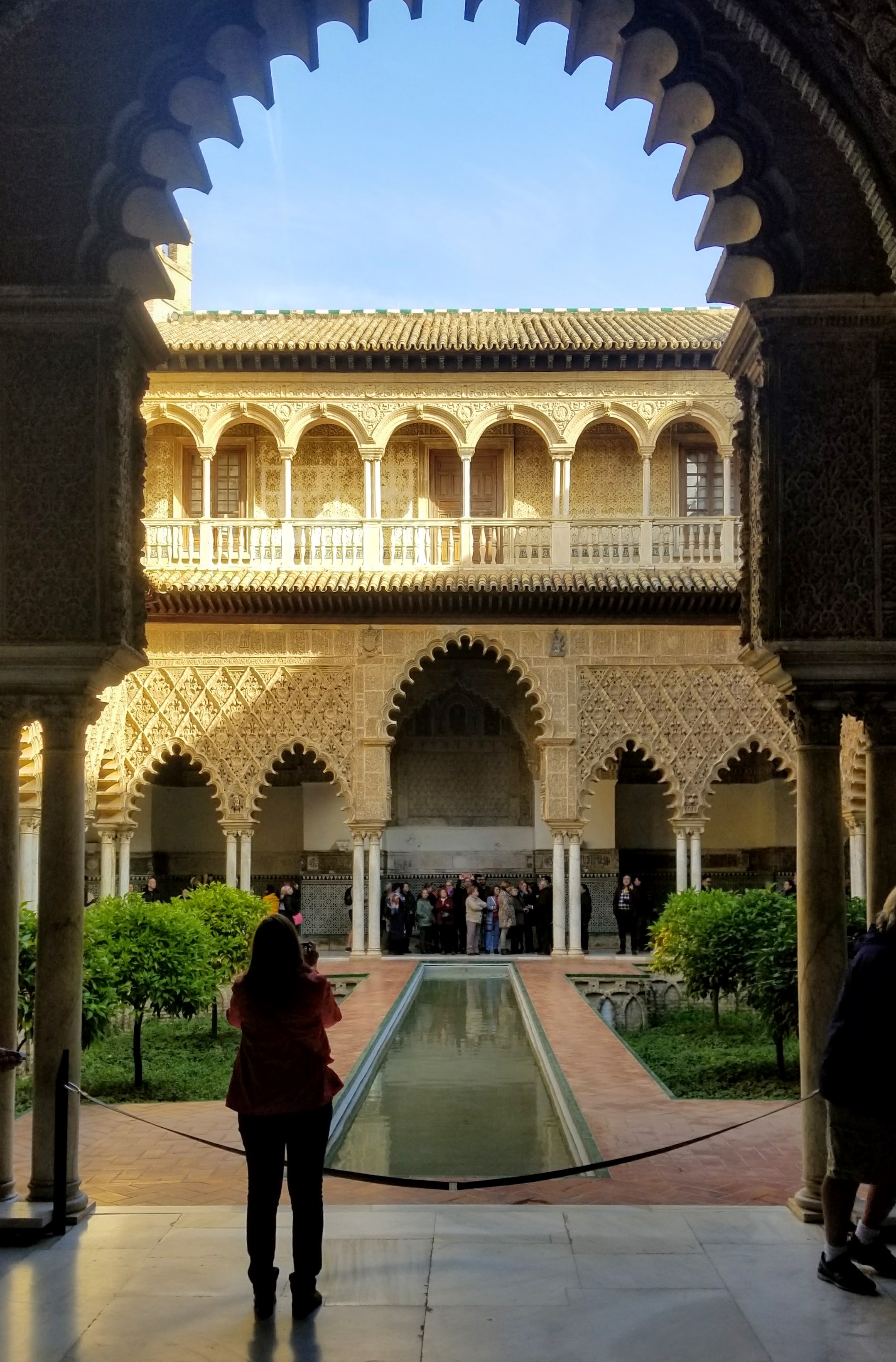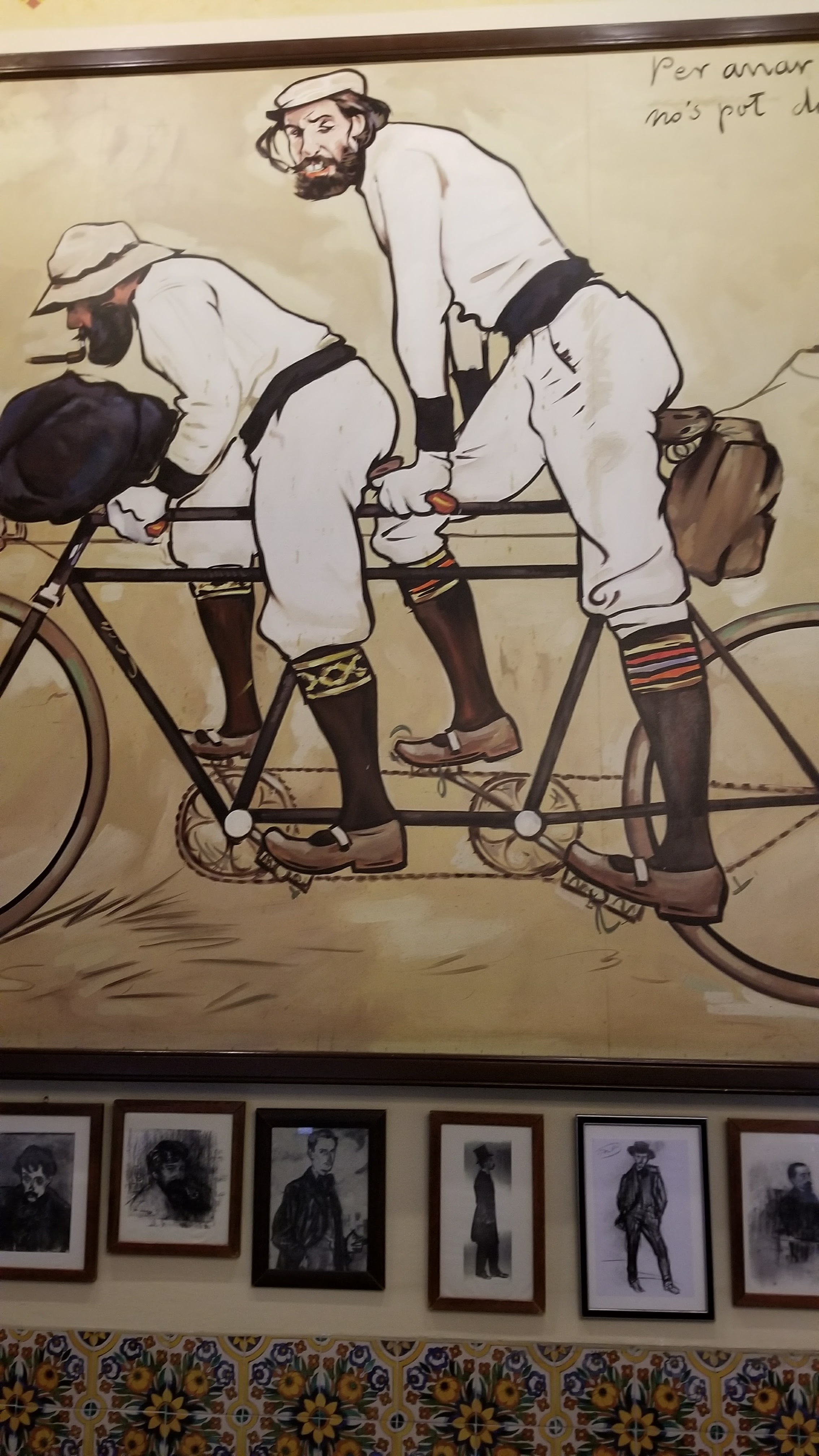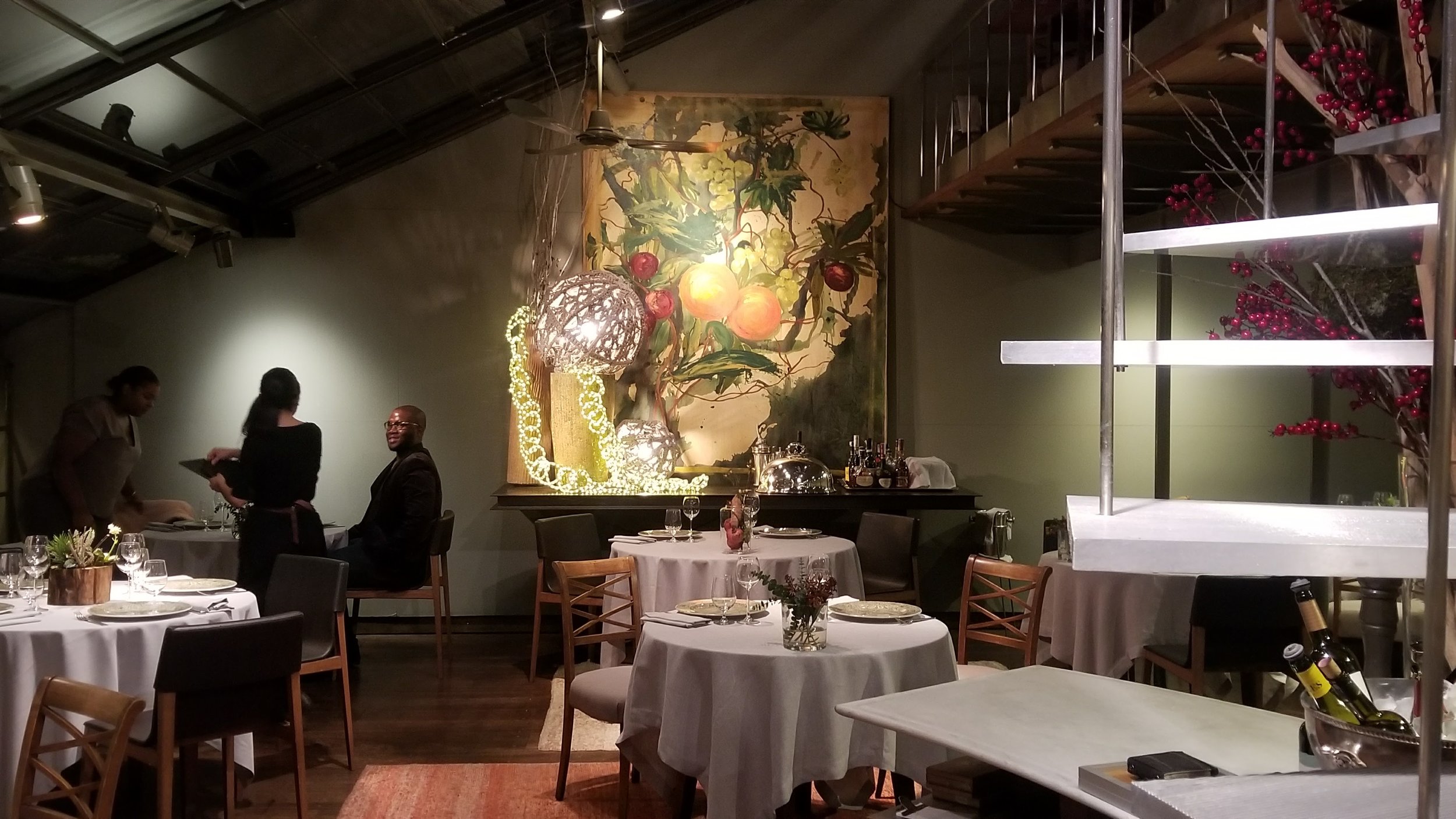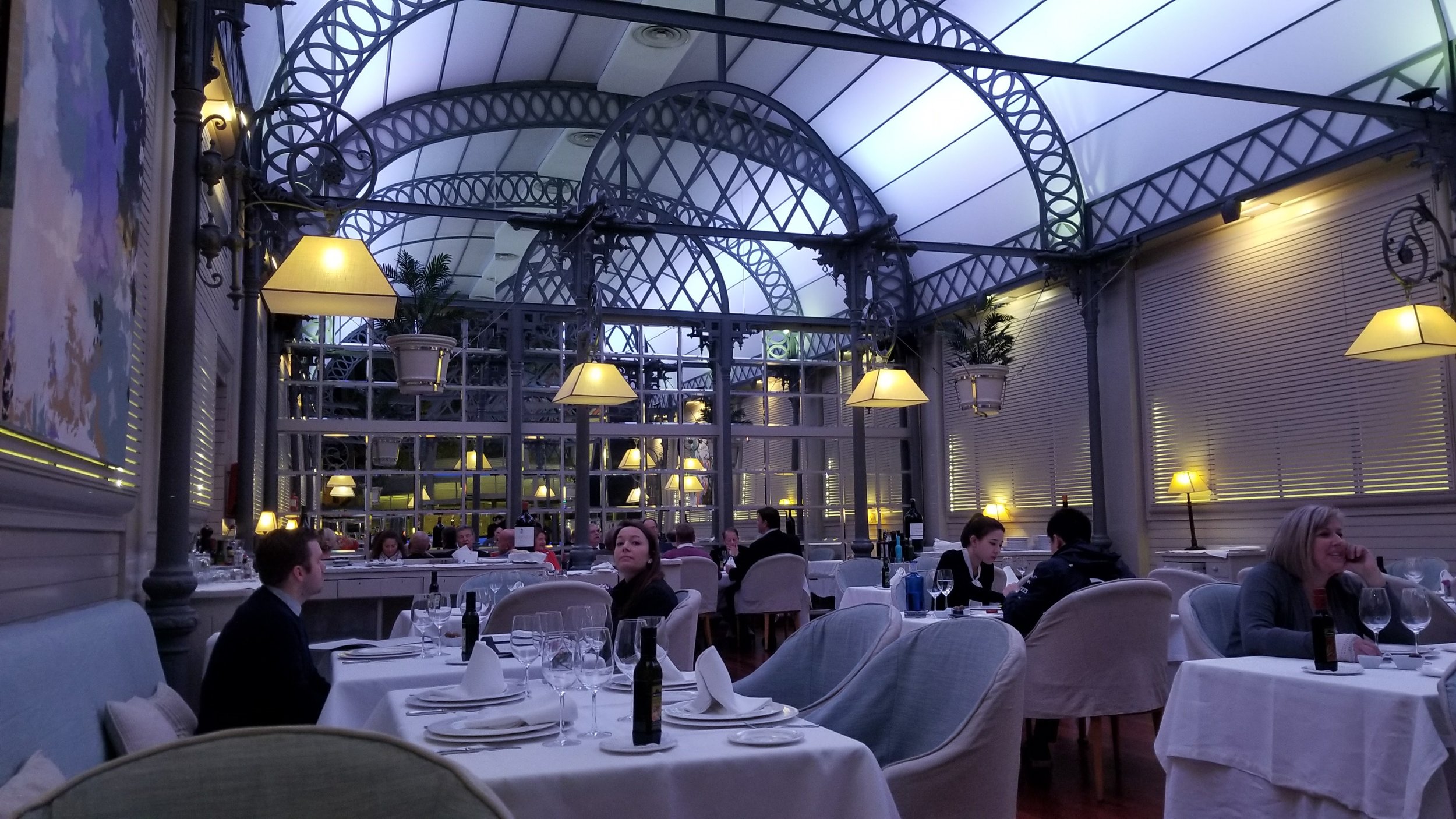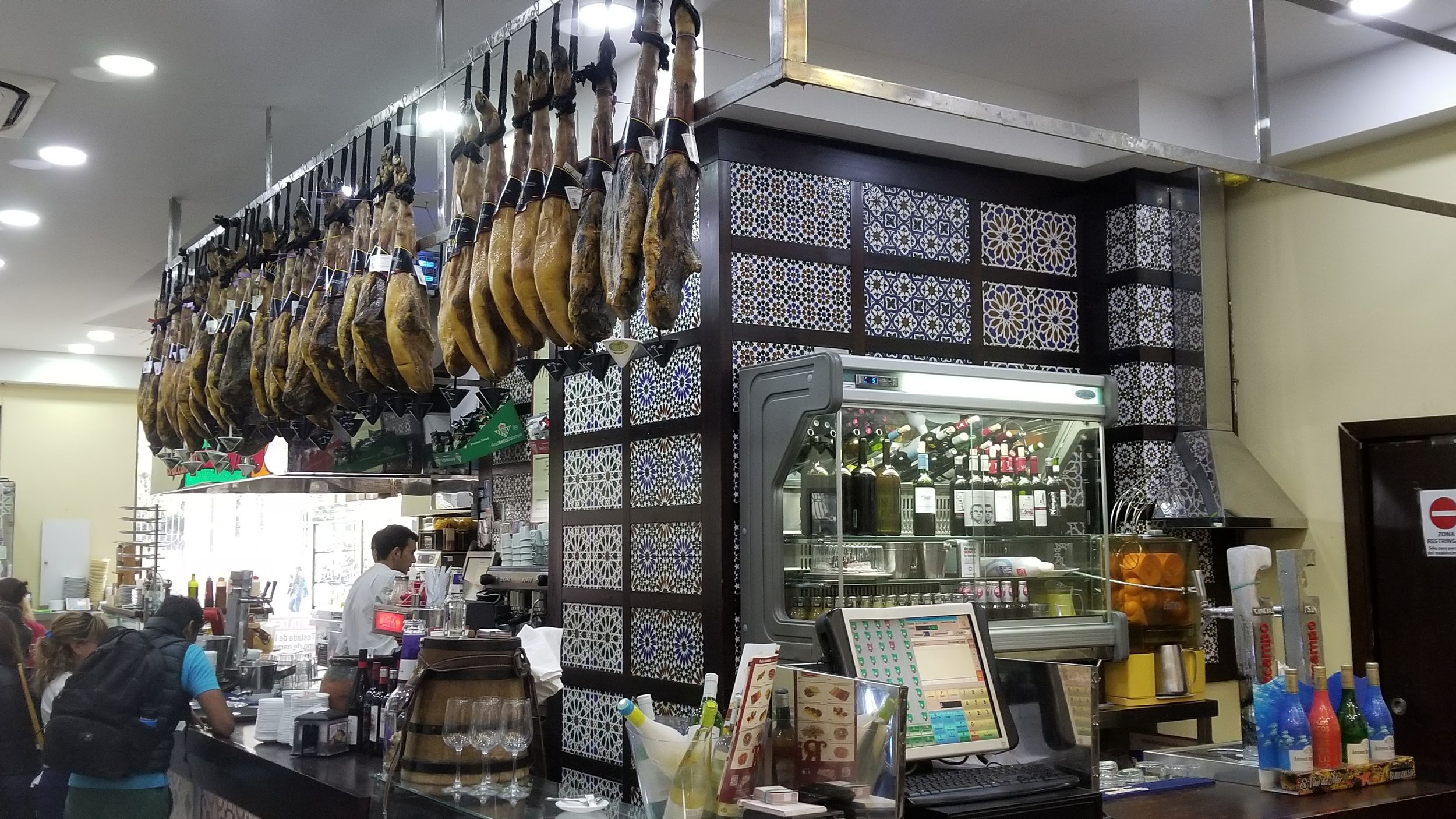Unlike France, which is dominated by Paris, or England, where all roads lead to London, Spain’s capital of Madrid is a first-among-equals, with several other urban centers attracting just as much energy, tourism and excitement. Although I love Madrid, on my recent trip to Spain, I only stopped there to transfer planes between cosmopolitan Barcelona before heading over to stately and cultured Seville.
Here are the can’t miss things to see, do and eat in Barcelona and Seville. If you want to know the best flight and hotel options, get in touch.
Barcelona’s Cosmopolitan/Catalan Culture
Barcelona, the capital of Catalonia, is set apart from the rest of Spain (as the recent bid for independence might indicate). This autonomous region speaks Catalan, which is distinct from the Spanish you might have learned in high school. It’s still very easy to explore throughout the region, because Barcelona is Spain’s most international city, attracting residents from across the world. It’s not hard to understand why - it boasts a lovely mediterranean climate, lively beaches, fascinating architecture and bustling economy.
Barcelona Boulevards
As one of the birthplaces of modern art and architecture, city planners incorporated some of the best practices of 19th- and 20th-century design into the very fabric of the city itself. The street grid varies from the Gothic Quarter’s winding pedestrian streets to the Eixample neighborhood’s elegant boulevards and octagonal blocks where every building is required to offer balconies. The city’s most famous street is La Rambla, a mile-long art-infused pedestrian boulevard running from the harbor to the center of the city. It’s perfect for a stroll any time of day or night.
Plaça Reial, next to La Rambla
Modern Architecture
Barcelona’s distinctive buildings are a showcase for modern architecture, the most famous of which were built by the Antoni Gaudi i Cornet, the modernist known almost exclusively as Gaudi. City planners enhanced Barcelona’s walkable streets and accessible metro system with an aerial tramway that crosses the old harbor, providing a convenient means to commute to the suburbs while enjoying spectacular views of the city’s architecture.
Seville’s Elegant Traditions
In contrast to Barcelona’s dynamic modernism, Seville embodies Spain’s stately and elegant traditions. Christopher Columbus set out from Seville on from his fateful voyage. After he returned, the Spanish crown granted Seville a monopoly on trade with the newly-discovered continent. For almost a century, all goods moving between the Americas and Europe flowed through Seville’s port. The taxes extracted on America’s gold and silver paid for the cathedrals, plazas and palaces that made Seville a repository of wealth, art and culture.
Hidden Treasures
Much of Seville’s priceless art is tucked away in private homes, monasteries and cloisters. However, many places are open to a well-connected private guide with respectful visitors. Be sure to dress appropriately and wear long sleeves and pant legs, even in Seville’s heat! A private guide can also help arrange stays at private haciendas and vineyards in the country. For recommendations, shoot me an email.
A private cloister near Seville
Dancing and Fighting
Besides the physical monuments and artworks, Seville preserves Spain’s cultural traditions, including flamenco dancing and bullfighting. You can join in the flamenco dancing by taking a class or just observe a performance at a number of venues. Bullfights take place May-October. Tickets are available online or thru concierge at your hotel. The Paseo de Colon bullfighting arena is divided into “Sol” (sun) and “Sombra” (shade) sections. It’s well worth the extra money to buy tickets in the Sombra and not be exposed to the sun for the length of the fight! Unlike flamenco, it’s not advised for tourists to attempt bullfighting themselves. If you’d like to get a taste for it, visit the bullfighting museum where you can hear stories of triumphant fights from the toreros themselves.
Inside the Bullfighting Museum
Cuisine
HAM
Spanish Cuisine 101
Whether you’re in Barcelona or Seville, you’ll have plenty of opportunity to enjoy Spain’s rich cuisine. The sine qua non of Spanish food is HAM. All Spanish meals feature some kind of pork product. Even steaks will come topped with a few delicate slices of jamon iberico. If you’re a vegetarian or kosher, it’s possible to find meat-free options, but if you try just one or two bites you’ll probably find yourself lowering your inhibitions. To help you along, there are fragrant Spanish wines and local olive oils offered at every restaurant and grocery store. Spain abounds with distinctive restaurants - it’s easy to fall in love with or in the perfect tucked away nook.
Getting There and Where to Stay
Barcelona’s airport is an international hub with multiple direct flights to most major US cities. However, it may be cheaper to transfer through another European destination. There are no direct flights from the US to Seville, but it’s very easy to transfer through Madrid, Lisbon or Barcelona.
Both Barcelona and Seville offer a wide range of accommodations, from inexpensive pensions to luxury 5-star hotels. My favorite are the small boutique hotels, often with only 20 rooms, scattered in historic buildings throughout the city. Want to know much favorite? Just ask.
